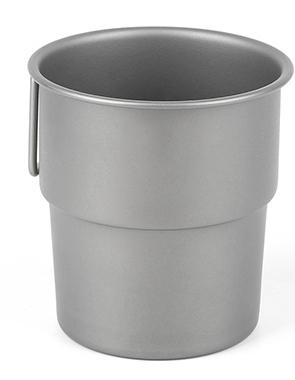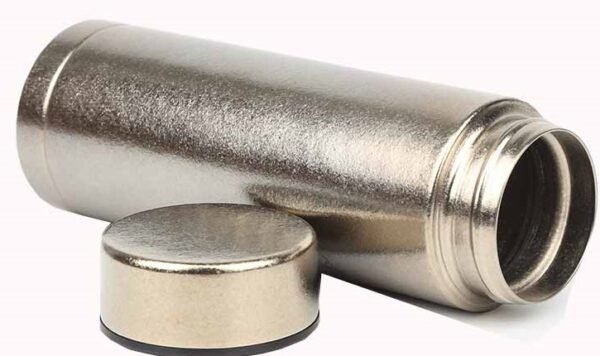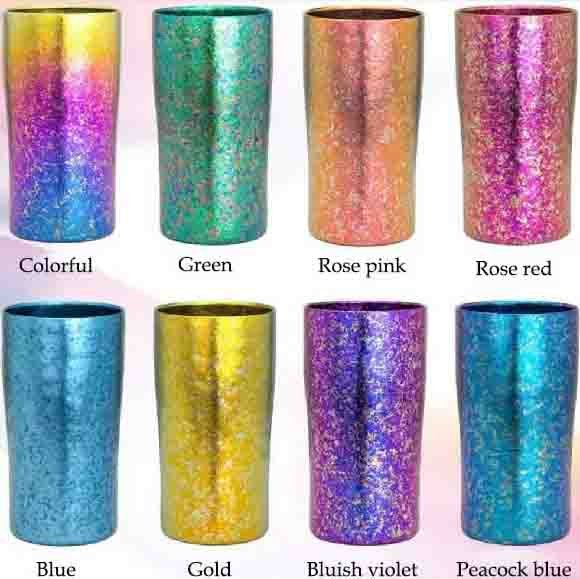In today’s health-conscious world, the materials we use for our cookware and dinnerware have gained significant attention. Titanium cookware and titanium dinnerware have emerged as a standout option, celebrated for its unique properties and benefits. As a rare yet relatively abundant metal, titanium (symbol Ti) offers a range of advantages that make it increasingly popular in modern kitchens and outdoor activities. This article delves into the reasons behind the growing preference for titanium kitchenware, highlighting its non-toxic nature, durability, lightweight, and eco-friendliness, among other attributes.
What is titanium?
Titanium (symbol Ti) is a metallic chemical element, occupying position 22 in the periodic table. It is classified as a rare metal because it is dispersed in nature and challenging to extract, but it is relatively abundant, ranking tenth among all elements.
Why is titanium cookware and dinnerware becoming increasingly popular?
- Non-toxic, harmless, and hypoallergenic
Titanium is a non-toxic and biocompatible metal. It does not leach potentially harmful substances into food and does not alter the taste. This makes titanium tableware ideal for health-conscious consumers. - High corrosion and abrasion resistance
Once anodized, the oxidized film formed on the surface inhibits bacterial growth. Even when in contact with alkaline or acidic foods such as juice and yogurt for extended periods, there is no chemical reaction. This makes titanium an ideal material for tableware like titanium pots and titanium cups and mugs. - Strong and durable
Titanium is resistant to both high and low temperatures and does not deteriorate or release volatile substances that could be harmful to health. It is adaptable to various environments, making it perfect for both indoor titanium kitchenware and outdoor titanium utensils. - Lightweight
Titanium’s strength is comparable to steel, but its weight is approximately 45% that of steel, making it particularly suitable for backpacking, camping, and outdoor activities. This is why many people prefer titanium dinnerware like utensils, plates, and bowls. - Eco-friendly
Due to its excellent performance, titanium is a sustainable material that can be recycled. Its long service life makes it suitable for both domestic and outdoor use , further promoting the use of titanium tableware.
What colors can titanium be used for in cookware and dinnerware?
1. The most common color is silver-gray. This finish is achieved by using special tools to grind the titanium products to a matte color under high-pressure gas.
2. Mirror finish. Due to titanium’s high wear resistance, creating a mirror finish is difficult and costly. This finish is more shiny and reflective.
3. Crystallized titanium color.
Thanks to its high-temperature resistance, titanium products can be placed in a vacuum furnace at high temperatures for over ten hours. This process changes the crystalline structure of titanium, resulting in a unique pattern.
4. Colorful crystallization.
Titanium products can develop different colors after oxidation. The color varies according to the thickness of the oxide film and the temperatures applied. These colors result from changes in the physical structure of the material, with no coatings or paints involved
As we continue to place a high value on health and sustainability, the appeal of titanium cookware and titanium dinnerware is set to rise. The ongoing advancements in technology will further enhance the quality and accessibility of titanium kitchenware. With its exceptional properties, titanium is poised to become a staple in households and outdoor activities alike. By choosing titanium tableware, we invest in a healthier and more sustainable future, ensuring that we use products that are not only safe and durable but also environmentally friendly. I believe that as more people recognize these benefits, titanium products such as titanium pots, titanium cups and mugs, and titanium utensils will become standard in every home, offering a blend of modern innovation and timeless reliability.




